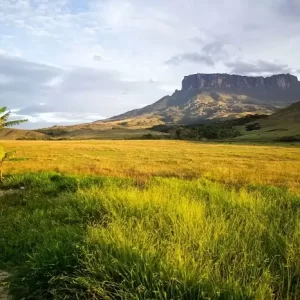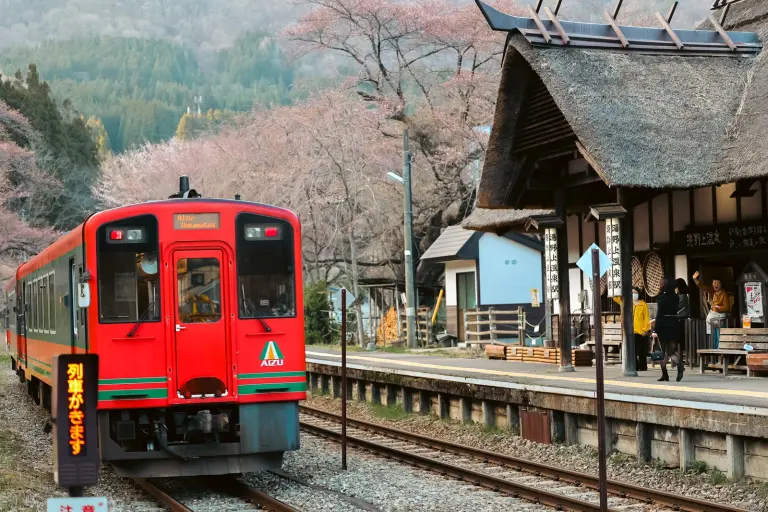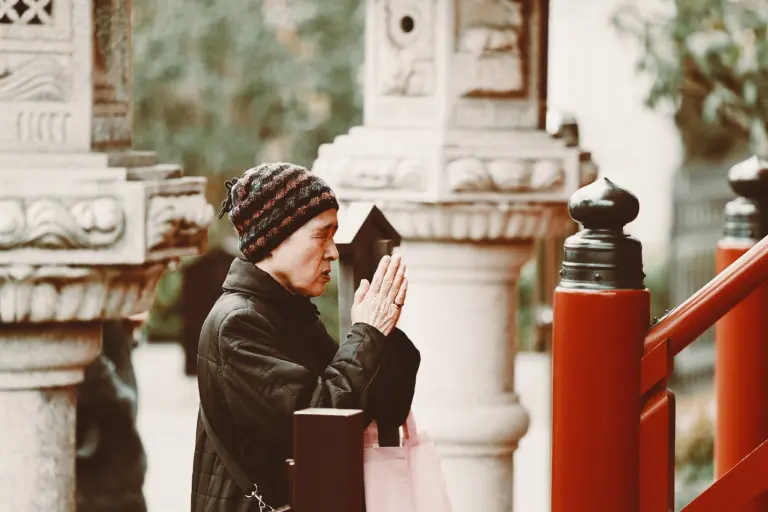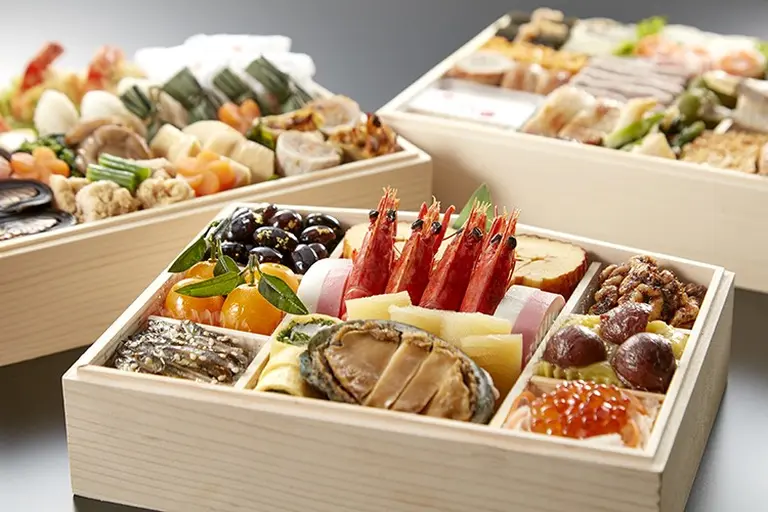Whale Bone Alley is located along the northern coast of Yttygran Island (from the Chukchi word Etgyran, meaning “intermediate dwelling”), 82 km from the coast of Alaska. This site has become a unique and mysterious tourist destination. Let’s explore this fascinating spot!
Formed 600 years ago by a group of indigenous tribes, Whale Bone Alley consists of hundreds of whale bones, primarily jawbones, ribs, and vertebrae.
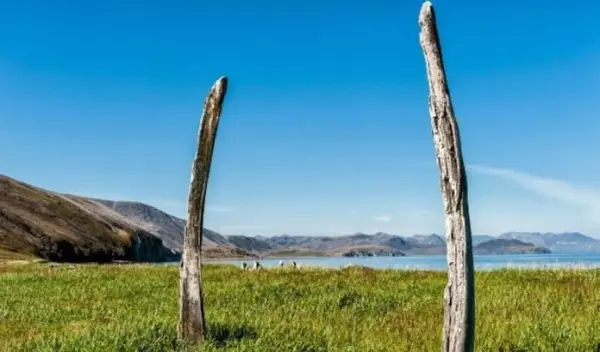
Numerous bones are arranged in long rows along the shoreline, giving this place its striking name: Whale Bone Alley. In addition to large bones embedded in the ground, pits containing fossilized whale remains and used to store meat have also been discovered.
Horizontal whale vertebrae buried in the ground create a peculiar pathway. The site features a large number of whale skulls, bones, stones, and significant meat storage pits.
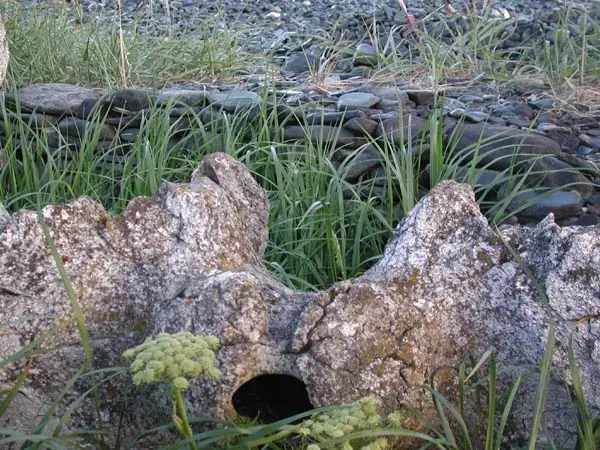
It is believed the area was used for birth rituals and athletic contests. However, the Yupik locals offer a simpler explanation: the island was merely a communal center for processing, slaughtering, and storing whale meat. This interpretation aligns with the Yupik name for Yttygran Island: Sikliuk, derived from Siklyugak, meaning “meat pit.”
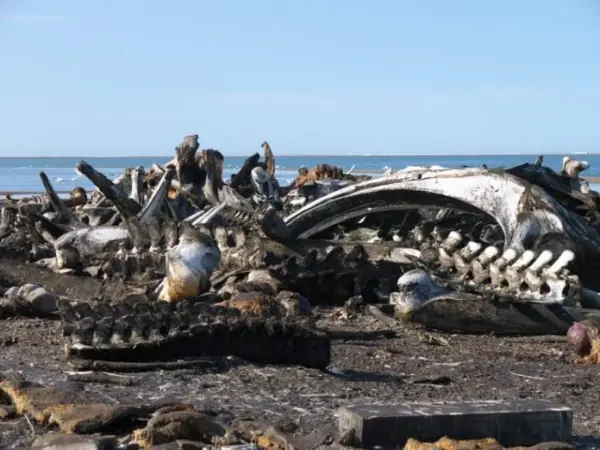
Whale Bone Alley stands out among other early settlements like Uelen, Ekven, Sireniki, and Kivak. The site includes whale fins and jawbones along the coastline, large pits in the rear, and meat storage areas surrounded by stones. Stones cover approximately one-third of the area, which stretches from south to north.
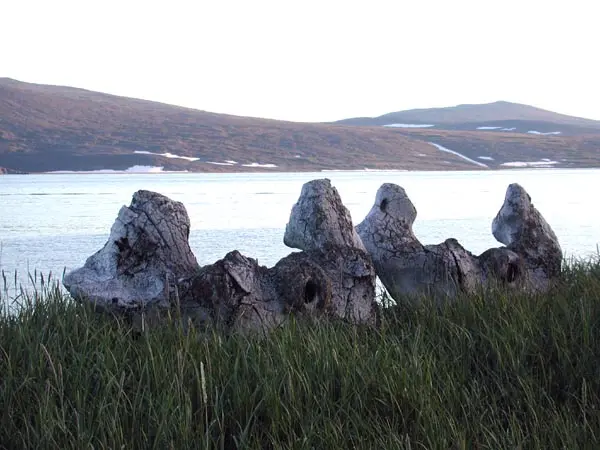
It is thought this location was chosen as a central hub due to the ease with which locals could hunt and trade whale meat. The island also served as a gathering place for trade, with roots tracing back to markets organized by the Cossacks.
Researchers and archaeologists suggest the site was established as a place of worship for tribal communities. Rituals were performed near the “alley,” while meat pits stored food hunted by tribal groups.
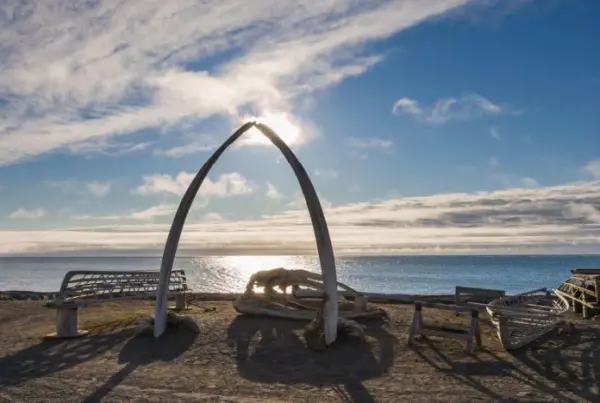
Today, Whale Bone Alley is a UNESCO World Heritage Site. Tourists are also drawn to the local wildlife, including migratory birds, polar bears, and Arctic foxes. The site is becoming increasingly popular among Western tourists, particularly those on cruises from the United States.
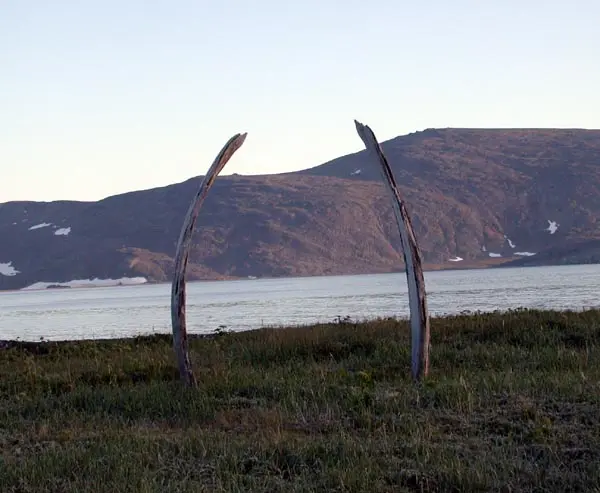
Thought to date back to the 14th or 15th century, it remains unclear whether this was a sacred site for indigenous tribes or simply a mass slaughtering center. Regardless, it continues to captivate visitors. The breathtaking arrangement of bones attracts tourists from around the globe each year.



